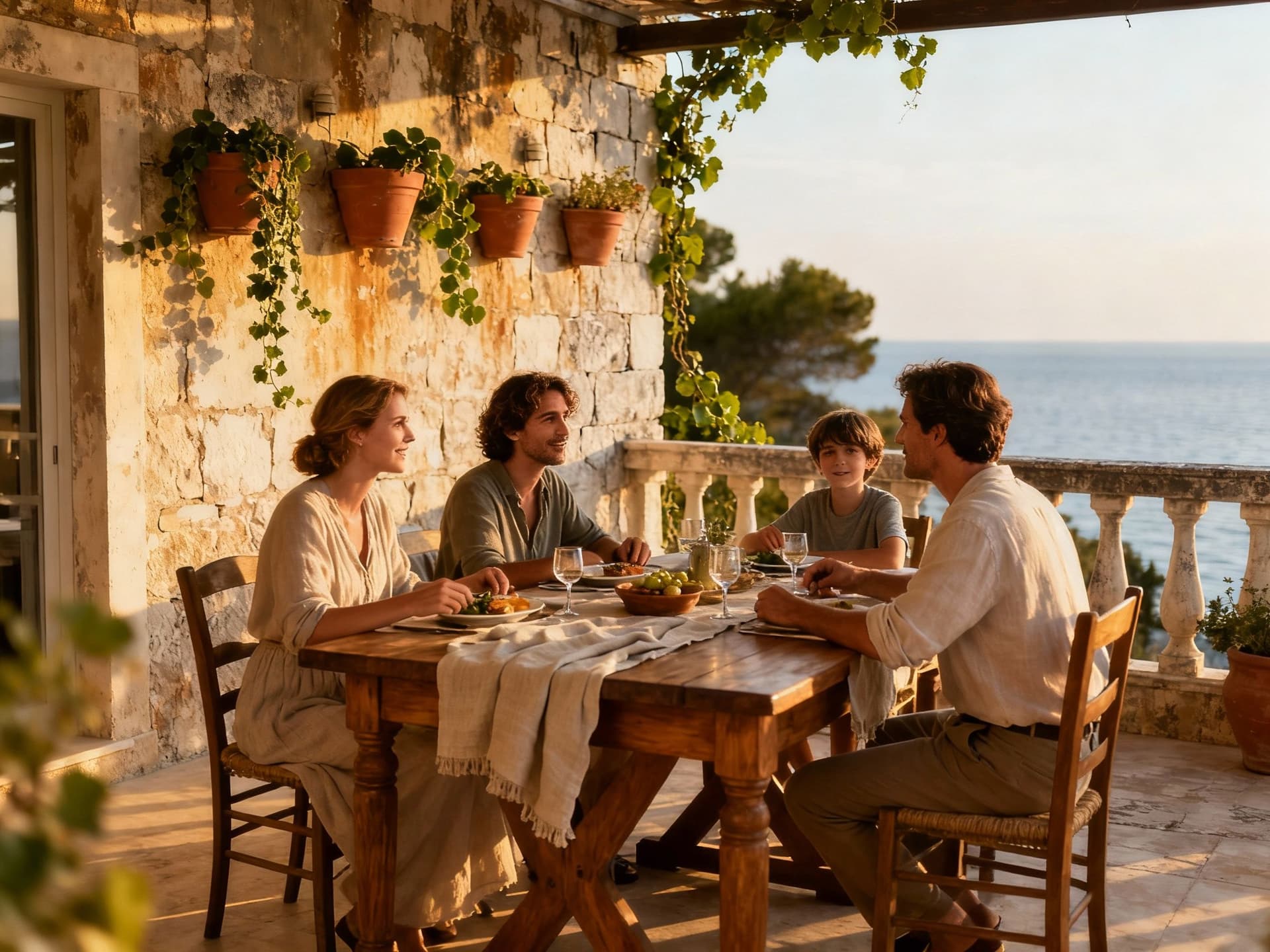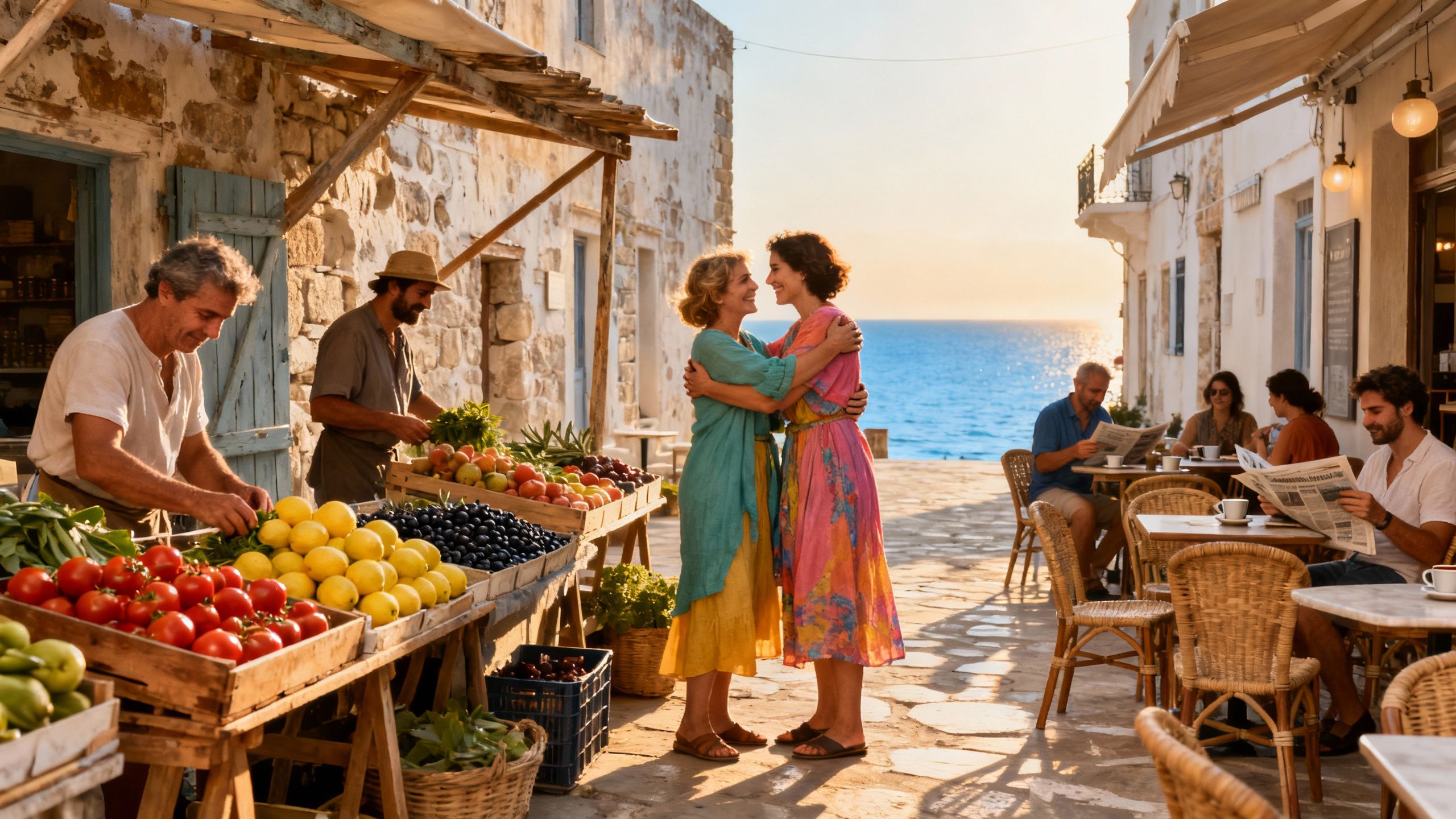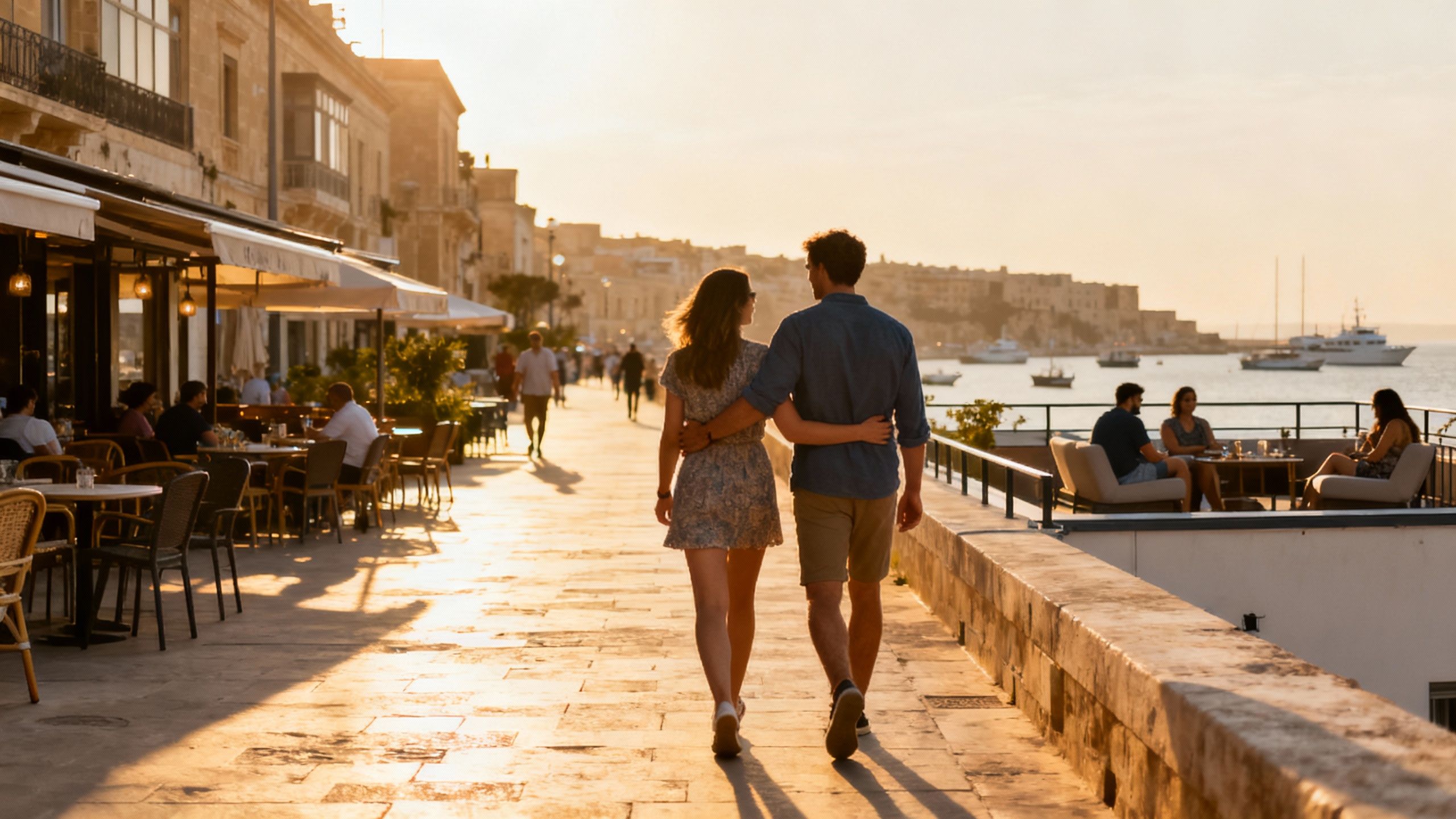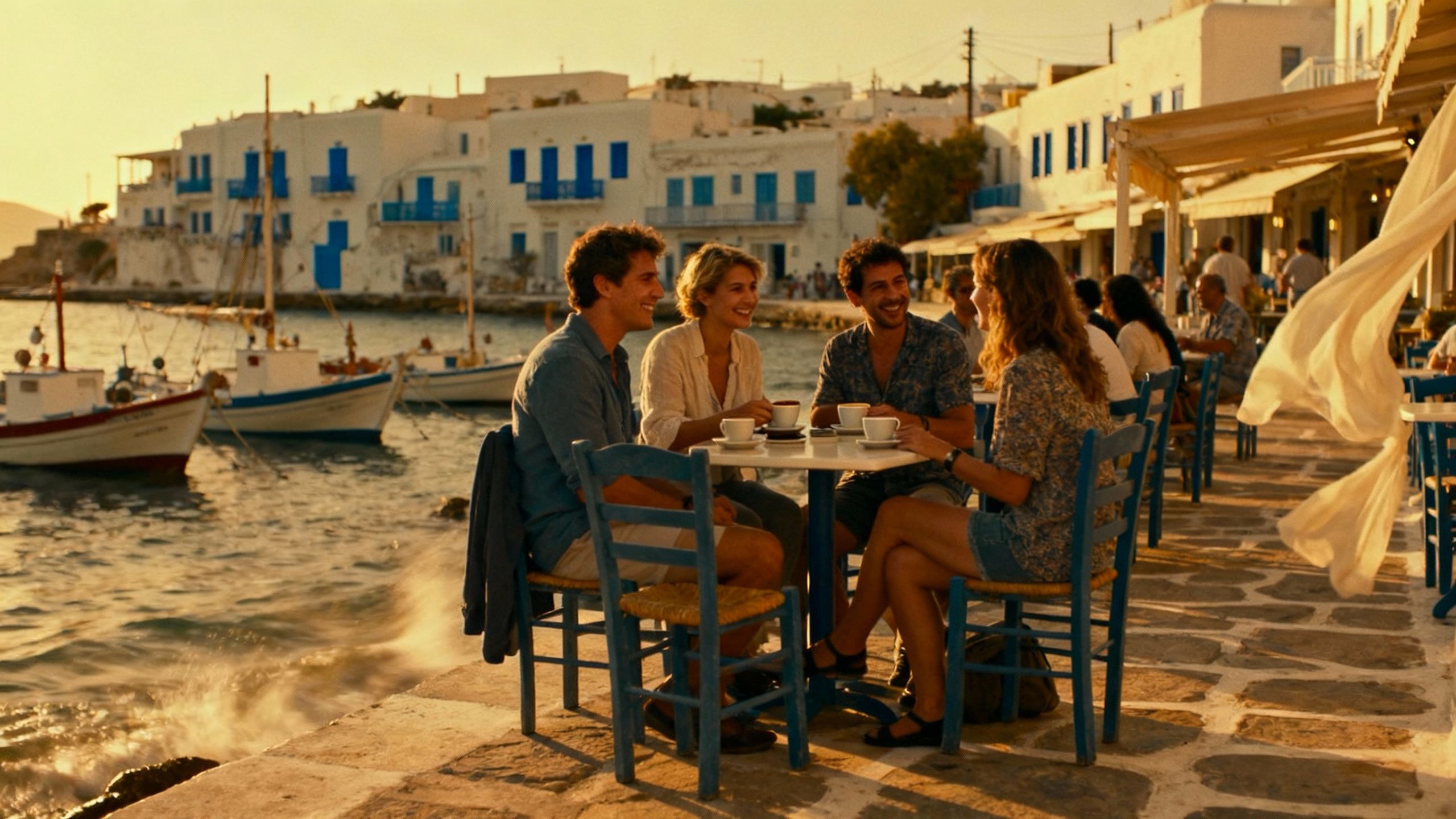Protecting the Adriatic Life: Insurance Plans for Croatia
Practical, place-led insurance strategies for buyers in Croatia — agree rebuild values, add coastal endorsements and protect rental income as prices and policy rules evolve.
Imagine waking to the smell of espresso and sea-salted air on a quiet Dubrovnik terrace, then walking to the market in Split to choose figs for dinner. Croatia moves at the thoughtful pace of a place that prizes provenance: stone houses, braided olive trees and neighbourhood cafés where mornings are long. Yet that romance meets modern realities — rising prices on the Adriatic, shifting tax rules and specific insurance habits — and for buyers who love the place, protection matters as much as the view.
Living the Croatia lifestyle

Days here are ordered by light and harvest: small-town riva promenades at dusk, farmers’ market reconnoitring on Saturdays, and winters when towns contract into intimate inhabited cores. The Adriatic coast is a study in texture — Istrian limestone and Venetian-influenced palazzi, Dalmatian stone cottages with terraced gardens — while Zagreb offers quiet, refined urban living, museums and coffee culture suited to year-round residence. Recent data show notable price pressure across regions, a reminder that lifestyle choice and market timing are entwined.
Coast: towns with distinct rhythms
Split’s Diocletian-era streets feel lived in and practical: morning bakers on Pazar, evening fish at Uje Oil Bar, and island ferries that make weekend life porous and delightful. In Rovinj and Rovinj’s harbour lanes you find gallery owners and small-batch producers; Opatija keeps a genteel, Austro-Hungarian cadence; Dubrovnik is cinematic and commanding, quieter in winter and intense in summer. Each town asks for a different property mindset — maintenance on stone façades, sea-spray finishes, and attention to tourism-season rhythms.
Inland and Zagreb: a different tempo
Inland Croatia offers a quieter life: truffle routes in Istria’s hills, vineyard afternoons around Plešivica and spacious plots outside Zagreb’s immediate ring. House price indices rose through 2024–2025, with inland and Zagreb segments showing robust growth, so choices here blend lifestyle and careful calibration of future value.
- Split’s Pazar market, Rovinj’s Carera promenade, Opatija’s Lungomare, Zagreb’s Tkalčićeva café strip, Hvar’s Pakleni Islands day trips, Istria’s hilltop konobas
Making the move: practical protection for the life you want

You will want the lifestyle — terraces, stonework, market mornings — but you will also want your investment protected. Croatia’s property market has tightened; policy shifts and steady price growth make adequate insurance and buyer protections an essential part of acquisition strategy rather than an afterthought. Consider three practical lenses: what the bank expects, how climate and coastal exposure shape cover, and how to protect rental income if you plan seasonal letting.
What lenders commonly require
Croatian banks, like their European counterparts, typically require insurance that protects the structure used as collateral. That often means a building (structural) policy covering fire and major damage; additional cover for storm, flood or earthquake may be stipulated depending on location. You are entitled to source equivalent cover from an insurer of your choice rather than accepting the bank’s package, but ensure the policy matches appraisal values.
Property types and the cover they need
- Seaside stone villa: salt corrosion, roof and timber maintenance, supplementary storm and flood cover Historic town palazzo: specialist restoration clauses, agreed rebuild value, artisan-material replacement cover New build apartment: developer warranties, building association (Vlasnička zajednica) common-area insurance Renovation projects: contractor liability, all-risk construction cover, and phased handover policies
- 1. Get a rebuild valuation rather than insuring market price — insurers pay to restore, not to match market sentiment. 2. Add salt/sea-spray and storm endorsements for coastal properties; these materially reduce disputes on coastal claims. 3. Insure historic finishes with specified-works clauses to ensure craft restoration, not generic replacement. 4. If you will short-let, add landlord/rental loss-of-income and guest liability; ordinary homeowners’ policies often exclude commercial use. 5. Keep a running inventory and photographic record — it speeds claims and protects against subjective depreciation.
Insider knowledge: what expats wish they’d known
Many buyers arrive enchanted and discover practical frictions: not all policies cover seasonal rental damage, many coastal properties need bespoke corrosion coverage, and local homeowner associations may carry insurance obligations you inherit. Recent statistical releases show continued price appreciation across Croatia, so protecting value through appropriate insurance is part of stewardship rather than mere bureaucracy.
Language, claims and the local system
Insurers and brokers in Croatia will often operate in Croatian; choose a broker comfortable with English (or your language) and versed in local claims practice. Keep documentation translated and ensure any assignment clause (when the bank is beneficiary) is clear. For heritage restorations, require written approval paths so your insurer recognises artisan repairs rather than generic replacements.
Layered protection: how to build a durable scheme
- Insurance for the structure (rebuild value agreed with lender), Contents insurance covering furnishings and portable valuables, Liability insurance for owner and guests, Loss-of-rent for furnished seasonal letting, All-risk renovation cover during works
Practical next steps are straightforward: commission a rebuild valuation, instruct a bilingual broker to source quotes with coastal endorsements, and review homeowner association policies before completion. When selling — or passing to heirs — a clean, well-documented insurance record enhances provenance and value.
A quiet contrarian: when less cover can do harm
The instinct of some buyers is to economise on premium, skimming cover to a minimum. In Croatia that can be a false economy: inadequate coastal endorsements, omitted loss-of-rent cover or insufficient agreed-rebuild amounts can turn a small claim into a major expense and, in the worst case, leave you servicing a mortgage on a damaged property. Given steady price growth, prudent owners buy certainty.
- 1. Ask the lender for their minimum wording and then require your broker to obtain equivalent or better terms. 2. Insist on agreed-value rebuild clauses for older or restored properties. 3. Ensure seasonal rental usage is declared so liability and loss-of-income are covered. 4. Document artisan restorations — insurers will pay for like-for-like if clearly specified.
A measured insurance strategy protects not only the bricks but the life you imagine in Croatia: the slow mornings, the market produce and afternoons on a stone terrace. It preserves the intangible benefits of provenance and tasteful stewardship.
Conclusion: love the place, insure the life
If Croatia has captured your imagination, protect what you buy with the same care you used to select it. Work with a local broker who understands coastal risk and restoration practice, agree rebuild values with your lender, and add landlord and corrosion endorsements where relevant. That combination — refined taste, local expertise and purposeful insurance — keeps the life you want intact and the investment sound.
Relocating from London to Mallorca in 2014, I guide UK buyers through cross-border investment and tax considerations. I specialise in provenance, design integrity, and long-term value.


